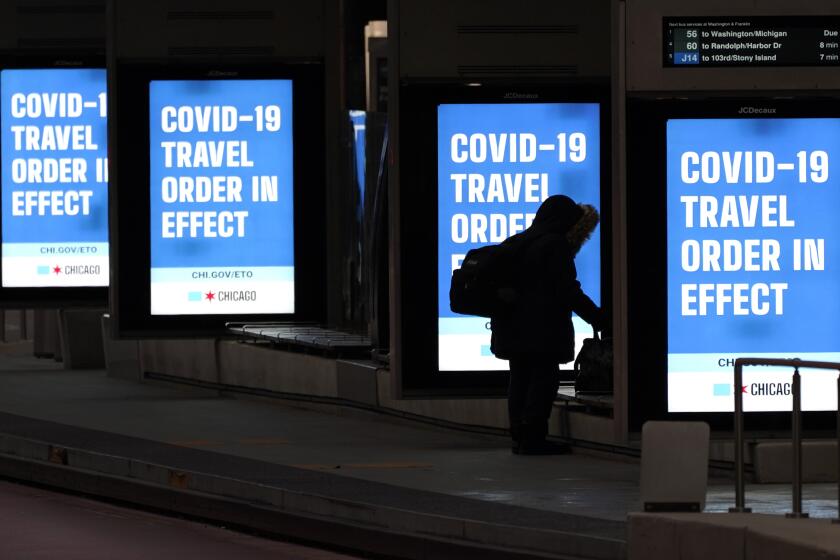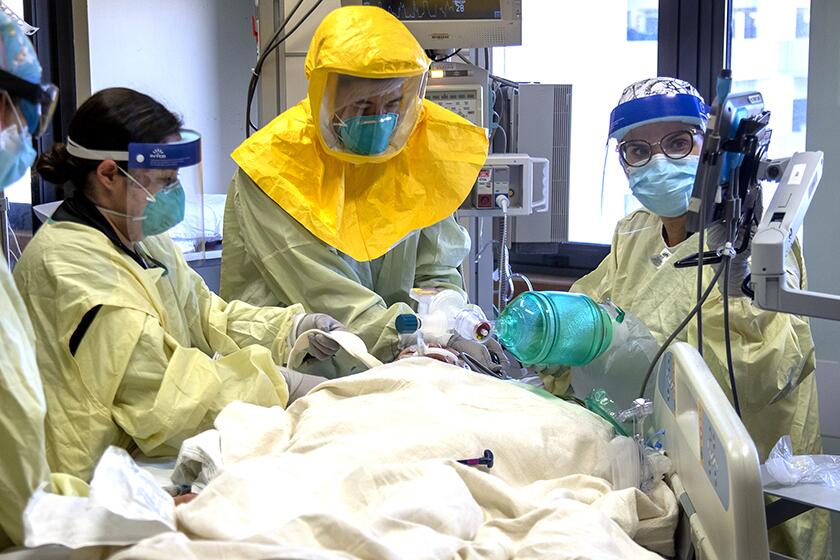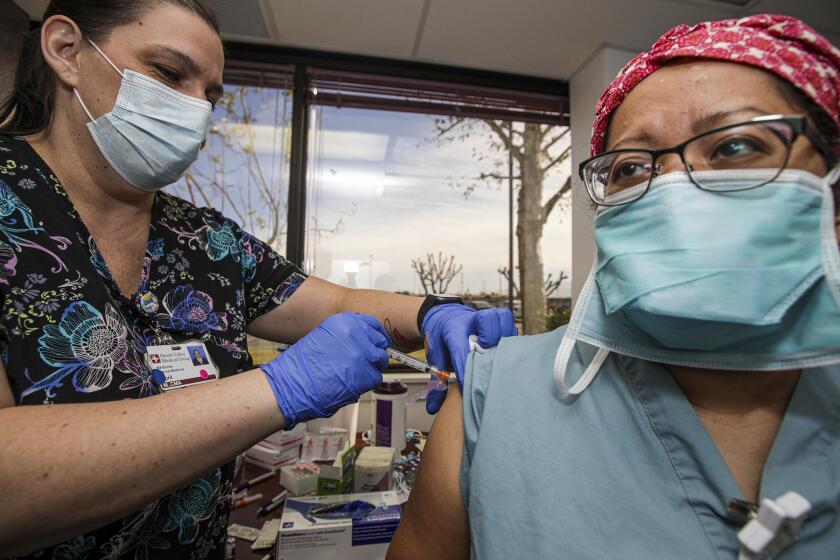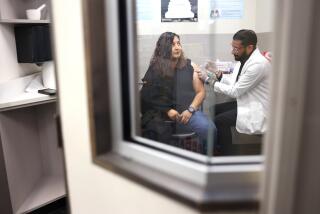COVID-19 vaccine push gains steam, but many still face wait
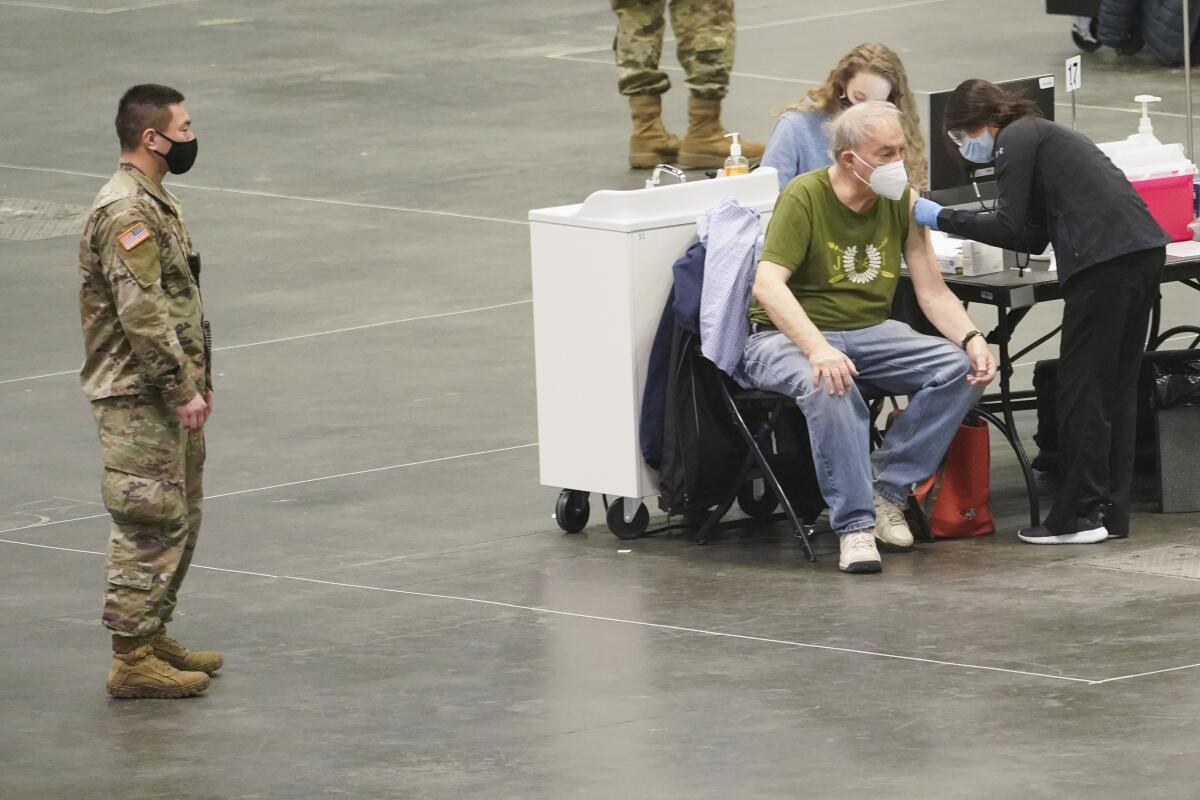
More Americans are now eligible to get a COVID-19 vaccine, but they may still have to wait for their first shot even as supplies increase.
Drugstore pharmacists are providing the shots in many states, and officials at sports arenas and fairgrounds are planning big vaccination clinics. It’s all part of an effort to reach more people who are considered most vulnerable to the coronavirus.
The federal government this week announced it will no longer hold back the required second doses of vaccines, boosting supplies for first shots. States will decide for themselves how to proceed.
Here’s a closer look at the effort to vaccinate as many Americans as quickly as possible.
When will my turn come?
It all depends on your age, your health and where you work or live. States ultimately determine the order in which people qualify for a COVID-19 vaccine, although the federal government is offering guidance.
First up: Front-line healthcare workers and residents of nursing home or other assisted living facilities. People in these groups started receiving shots last month.
States are expanding to other categories of essential workers, such as firefighters and teachers, and to people who face a higher risk of developing a severe case of COVID-19, like those who are 75 or older.
British scientists have bolstered their case that the new coronavirus variant spreads more easily than its predecessors. It could be worse in the U.S., they warn.
On Tuesday, federal health officials urged states to speed things up even more and lower the threshold to age 65. Florida and Georgia and Washington, D.C., had already started doing this.
Federal officials also suggested including people younger than 65 who have certain health problems that make them more vulnerable if they get sick.
Where can I get the vaccine?
The options are expanding, and they vary depending on where you live.
Pharmacies and drugstores are already giving out vaccines to eligible customers in states such as California, Florida, New Jersey, Texas and Alaska — and that list will grow.
In addition, football stadiums, major league ballparks and fairgrounds around the country are being turned into vaccination sites so health officials can ramp up their efforts while allowing people to maintain a safe social distance.
A vaccination site opened Wednesday at New York City’s Jacob K. Javits Convention Center, which was used as a field hospital when the pandemic first struck last spring.
Check with your state or local health department for information on sites near you. The federal Centers for Disease Control and Prevention has links to state health departments and their vaccination plans on its website.
Researchers share which numbers they’re watching to forecast when California’s deadly COVID-19 surge will end.
Some states, such as California, Arizona and Virginia, have allowed counties to determine who is eligible to receive the vaccine next, Jennifer Tolbert of the nonprofit Kaiser Family Foundation said.
Will I need an appointment?
Yes. At least initially, sites will require people to sign up ahead of time and verify that they are eligible for a shot.
Appointments can usually be scheduled online and by phone. But expect some delays in signing up and finding an available slot.
For example, the registration system in Washington, D.C., was quickly overwhelmed after the city opened up vaccines to residents 65 and older on Monday. People reported problems with the website and hours-long waits to register by phone.
Will I have to wait in line?
You may have to sit in your car or stand in line depending on where you get the vaccine. But appointments are designed to minimize those delays and allow people to maintain a safe distance while they wait.
Georgia pharmacist Jonathan Marquess said Tuesday that he has given out about 1,000 shots so far, and his customers haven’t had to wait long. The independent drugstore owner said he’s spaced appointments 10 minutes apart to avoid lines and keep people apart.
“Be patient. We will get to you,” he said.
How will the vaccinations work?
The process is fairly simple, like getting a flu shot. People may have to show their identification or verify their eligibility before they get jabbed in the arm. Shots will be recorded in state and local vaccine registries.
Those with a history of severe allergic reactions may be asked to wait 30 minutes after receiving the shot before leaving; most others will have to wait 15 minutes. This will be required even for people who use drive-through clinics.
Pharmacists and nurses are trained to handle the rare allergic reactions that can occur, said Kathleen Jaeger, an executive with the National Assn. of Chain Drug Stores.
“This is not new to the COVID vaccine,” she said, noting that some sort of waiting period is recommended for all vaccines.
Severe allergic reactions to Pfizer’s COVID-19 vaccine were rare in the first 10 days of its rollout, with 21 cases among nearly 1.9 doses, the CDC reported.
There are two vaccines available in the U.S., one made by Pfizer and BioNTech and the other from Moderna and the National Institutes of Health. Both require two doses given three or four weeks apart for full coverage. Recipients can expect to receive a card and phone or email reminders to return for their second shot of the same vaccine.
What’s the cost?
It should be free. The government is paying for the vaccine itself. And you shouldn’t be charged a co-pay or other fee to get it.
The cost for giving the shot will be covered by private and government insurance. If you don’t have insurance, providers can tap a government fund to cover costs.
